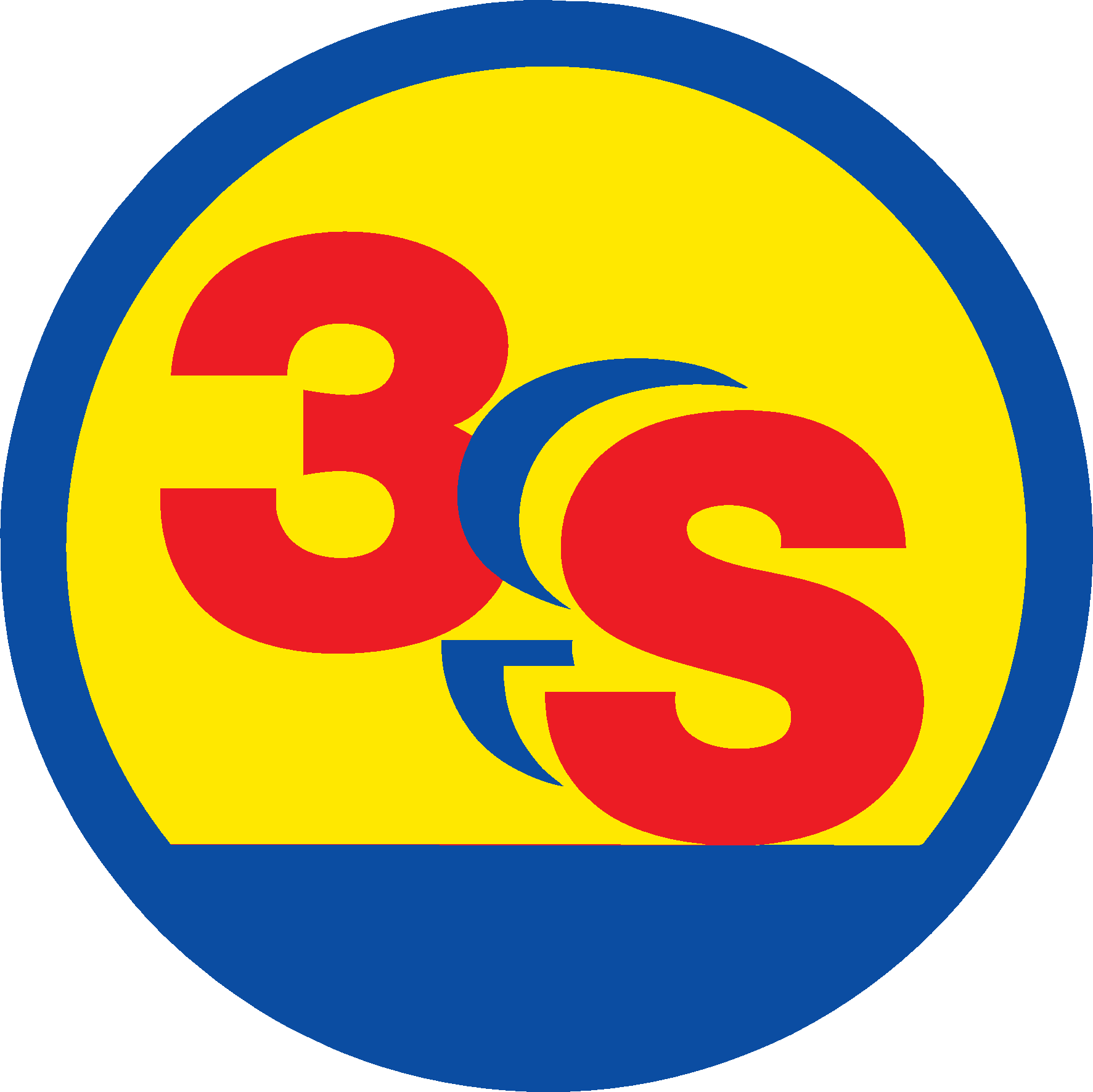METHANOL SPILL PROTECTION
To make biofuel, one of the chemical components is alcohol. Usually one of these two
alcohols : Methanol or Ethanol. Methanol is a colourless liquid that boils at 64.96 °C
(148.93 °F) and solidifies at −93.9 °C (−137 °F). It forms explosive mixtures with air and
burns with a nonluminous flame. If a methanol spill occurs, stop or reduce discharge
of material if this can be done without risk. Isolate the spill or leak area immediately
for at least 330 to 660 feet in all directions.

Eliminate all sources of ignition, as the mixture of Methanol vapor with air is explosive. Herewith some considerations to be taken when handling Methanol :

Picture - 1 : Methanol Tank Farm 5 x 5,000MT

Picture - 2 : Foam Discharge into The Bunwall
In Picture - 1 there's Methanol Tank Farm 5 x 5,000 MT
surrounded by a bun wall. As said above that Methanol is
miscible in water and to reduce the explosion risk, it
should be mixed with a large amount of water (minimum
four times of the leakage or spill volume). To protect if
somehow Methanol spills inside the bunwall, the interior
of the bunwall will be flooded by foam. As we know that
big part of the foam solution is water. Therefore Alcohol
Resistant - AFFF 3% is used. The water part of the foam
solution will dillute the Methanol liquid, the foam bubble
on the surface will block the Methanol vapor to get away
to the atmosphere.
In Picture - 2 you will see the interior floor of the bunwall is flooded by foam. The foam forms a layer that block the Methanol liquid getting vaporized in the air. With this system, catastrophic disaster can be avoided when there is accidental discharge or spill happens. Call 3S-Firestop for fire protection of Methanol. Check this link to see video demonstration of the discharge.
In Picture - 2 you will see the interior floor of the bunwall is flooded by foam. The foam forms a layer that block the Methanol liquid getting vaporized in the air. With this system, catastrophic disaster can be avoided when there is accidental discharge or spill happens. Call 3S-Firestop for fire protection of Methanol. Check this link to see video demonstration of the discharge.
